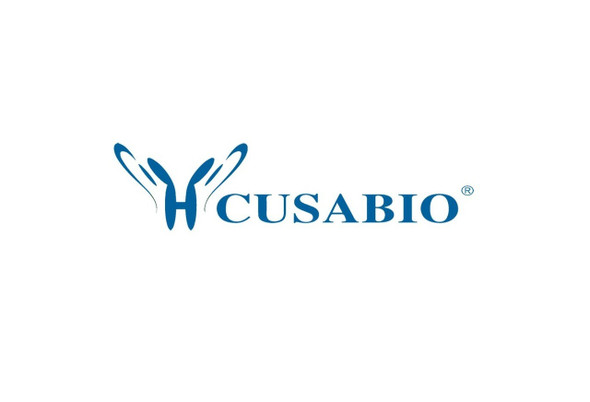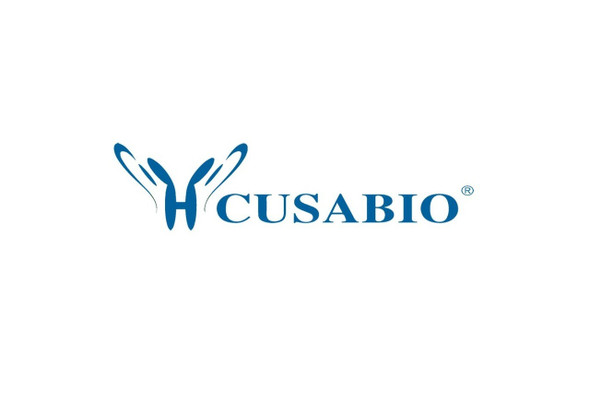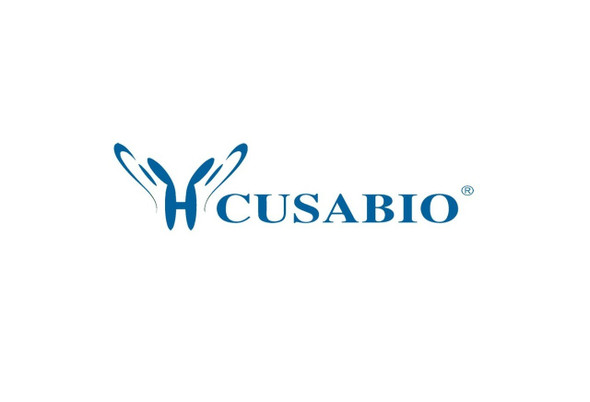Cusabio Human Recombinants
Recombinant Human Natural killer cell receptor 2B4 (CD244), partial | CSB-EP861192HU
- SKU:
- CSB-EP861192HU
- Availability:
- 13 - 23 Working Days
Description
Recombinant Human Natural killer cell receptor 2B4 (CD244), partial | CSB-EP861192HU | Cusabio
Alternative Name(s): NK cell activation-inducing ligand
Gene Names: CD244
Research Areas: Immunology
Organism: Homo sapiens (Human)
AA Sequence: GCQGSADHVVSISGVPLQLQPNSIQTKVDSIAWKKLLPSQNGFHHILKWENGSLPSNTSNDRFSFIVKNLSLLIKAAQQQDSGLYCLEVTSISGKVQTATFQVFVFDKVEKPRLQGQGKILDRGRCQVALSCLVSRDGNVSYAWYRGSKLIQTAGNLTYLDEEVDINGTHTYTCNVSNPVSWESHTLNLTQDCQN
Source: E.coli
Tag Info: N-terminal GST-tagged
Expression Region: 21-215aa
Sequence Info: Partial
MW: 48.5 kDa
Purity: Greater than 85% as determined by SDS-PAGE.
Relevance: Heterophilic receptor of the signaling lymphocytic activation molecule (SLAM) family; its ligand is CD48. SLAM receptors triggered by homo- or heterotypic cell-cell interactions are modulating the activation and differentiation of a wide variety of immune cells and thus are involved in the regulation and interconnection of both innate and adaptive immune response. Activities are controlled by presence or absence of small cytoplasmic adapter proteins, SH2D1A/SAP and/or SH2D1B/EAT-2. Acts as activating natural killer (NK) cell receptor. Activating function implicates association with SH2D1A and FYN. Downstreaming signaling involves predominantly VAV1, and, to a lesser degree, INPP5D/SHIP1 and CBL. Signal attenuation in the absence of SH2D1A is proposed to be dependent on INPP5D and to a lesser extent PTPN6/SHP-1 and PTPN11/SHP-2. Stimulates NK cell cytotoxicity, production of IFN-gamma and granule exocytosis. Optimal expansion and activation of NK cells seems to be dependent on the engagement of CD244 with CD48 expressed on neighboring NK cells. Acts as costimulator in NK activation by enhancing signals by other NK receptors such as NCR3 and NCR1. At early stages of NK cell differentiation may function as an inhibitory receptor possibly ensuring the self-tolerance of developing NK cells. Involved in the regulation of CD8+ T-cell proliferation; expression on activated T-cells and binding to CD488 provides costimulatory-like function for neighboring T-cells. Inhibits inflammatory responses in dendritic cells (DCs)
Reference: "Human 2B4, an activating NK cell receptor, recruits the protein tyrosine phosphatase SHP-2 and the adaptor signaling protein SAP." Tangye S.G., Lazetic S., Woollatt E., Sutherland G.R., Lanier L.L., Phillips J.H. J. Immunol. 162:6981-6985(1999)
Storage: The shelf life is related to many factors, storage state, buffer ingredients, storage temperature and the stability of the protein itself. Generally, the shelf life of liquid form is 6 months at -20?/-80?. The shelf life of lyophilized form is 12 months at -20?/-80?.
Notes: Repeated freezing and thawing is not recommended. Store working aliquots at 4? for up to one week.
Function: Heterophilic receptor of the signaling lymphocytic activation molecule (SLAM) family; its ligand is CD48. SLAM receptors triggered by homo- or heterotypic cell-cell interactions are modulating the activation and differentiation of a wide variety of immune cells and thus are involved in the regulation and interconnection of both innate and adaptive immune response. Activities are controlled by presence or absence of small cytoplasmic adapter proteins, SH2D1A/SAP and/or SH2D1B/EAT-2. Acts as activating natural killer (NK) cell receptor
Involvement in disease:
Subcellular Location: Membrane, Single-pass type I membrane protein, Cell membrane
Protein Families:
Tissue Specificity: Expressed in spleen, PBL, followed by lung, liver, testis and small intestine. Expressed in all natural killer (NK) cells, monocytes and basophils, TCR-gamma/delta+ T-cells, monocytes, basophils, and on a subset of CD8(+) T-cells.
Paythway: Naturalkillercellmediatedcytotoxicity
Form: Liquid or Lyophilized powder
Buffer: If the delivery form is liquid, the default storage buffer is Tris/PBS-based buffer, 5%-50% glycerol. If the delivery form is lyophilized powder, the buffer before lyophilization is Tris/PBS-based buffer, 6% Trehalose, pH 8.0.
Reconstitution: We recommend that this vial be briefly centrifuged prior to opening to bring the contents to the bottom. Please reconstitute protein in deionized sterile water to a concentration of 0.1-1.0 mg/mL.We recommend to add 5-50% of glycerol (final concentration) and aliquot for long-term storage at -20?/-80?. Our default final concentration of glycerol is 50%. Customers could use it as reference.
Uniprot ID: Q9BZW8
HGNC Database Link: HGNC
UniGene Database Link: UniGene
KEGG Database Link: KEGG
STRING Database Link: STRING
OMIM Database Link: OMIM










